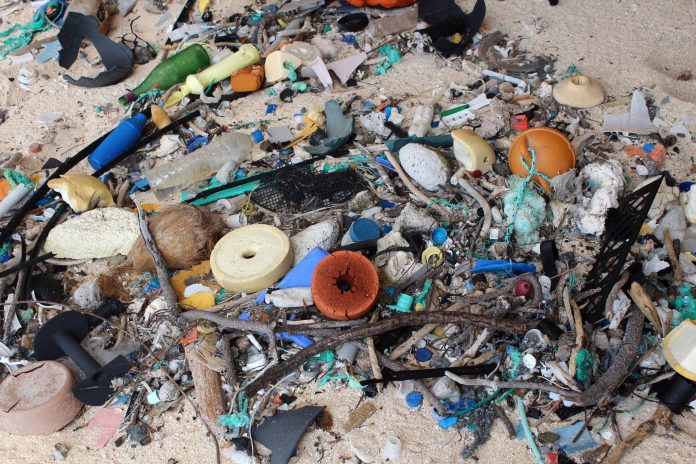
If your boyfriend has this type of face, you should be worried about him cheating
The title may sound like it’s directly out of a tabloid or teen magazine, but these findings are backed by hard evidence, straight from the mouths (and faces) of undergraduate students.
A study, led by SFU psychology researcher Brian Bird, found a connection between men’s facial width-to-height ratio (FWHR), higher sex drives, and greater chances of infidelity.
The first study had 145 Canadian undergraduate students — both female and male — answer questionnaires relating to sex drive and allow researchers to measure the width and length of their faces. It was concluded that FWHR has a positive relation to sex drive, in both men and women. In the second study, the sample was more than doubled to 314 Canadian students, and participants were asked to fill out a questionnaire about their attitudes towards casual sex and how likely they were to cheat on a romantic partner. This study reflecting the findings of the first and added that high FWHR is related to interests in casual sex, socio-sexuality, and infidelity, in men only.
Bird feels these findings can be attributed to the influence of testosterone, which affects both behaviour and facial structure: “Past research shows that the facial width-to-height ratio predicts dominant types of behaviour, such as aggression. [. . .] However, we also know that testosterone is not only relevant for dominant behaviours, but also for attitudes and orientations toward sexual activity.”
SFU-developed microscope is a game-changer for research and development
Pharmaceutical and adhesive companies will soon be singing the praises of SFU researchers Mike Kirkness and Nancy Forde, who have created a wireless, portable, and cost-efficient microscope that can spin contents at intense speeds.
Called the mini-radio centrifuge force microscope (MR.CFM), this invention is particularly helpful for researchers working with products that require an understanding of how materials molecularly bind together.
The MR.CFM stands apart from other more expensive, less portable products, costing a mere $500 to produce, and it is just slightly larger than an adult hand in size. It is also wireless and compatible with most commercial centrifuge buckets, making it an ideal product for the modern researcher and developer.
Kirkness and Forde tested out their invention in a study on collagen, a protein that makes up a fourth of the human body, including vital connective tissues. It was discovered that, contrary to widespread theories about collagen under pressure, collagen is destabilized when large amounts of force or stress are put on it. This research may be vital in treating those suffering from collagen degradation.
Toxic plastic debris pose threat to Vancouver aquatic wildlife
What did you do last summer? Bertrand Munier, an SFU environmental engineering student on exchange from Lyon, France, spent his summer picking up plastic debris from beaches in Vancouver, BC.
He picked up a total of 150 items, including plastic children’s toys, plastic bags, personal hygiene items, plastic food wrappers, cutlery, and containers, as well as car and bicycle parts. Upon further inspection, 14 different types of plastic were identified, many items containing PVC polyvinyl chloride, a widely-used plastic polymer, as well as copper, lead, zinc chloride, and cadmium.
The activity contributed to Munier’s research, under the supervision of SFU biological sciences professor Leah Bendell, into how both the macro (over 5 mm) and micro (less than 5 mm) plastics can leech trace metals, zinc, copper, cadmium, and lead into the food webs in our oceans.
There are many ways plastic litter can threaten oceanic ecosystems by compromising food sources, Bendell explains, including direct release of heavy metals from plastic itself. Smaller fish also ingest these plastics and metals, and the harmful effects are propagated up the food chain when these smaller species are then eaten by larger fish. Direct toxicity of plastic particles can lead to cell damage, inflammation, and other health problems for aquatic life.
“The World Economic Forum estimates that at current rates of plastic production, by 2050, the total mass of plastics in our oceans will outweigh the biomass of fish,” Bendell says.



